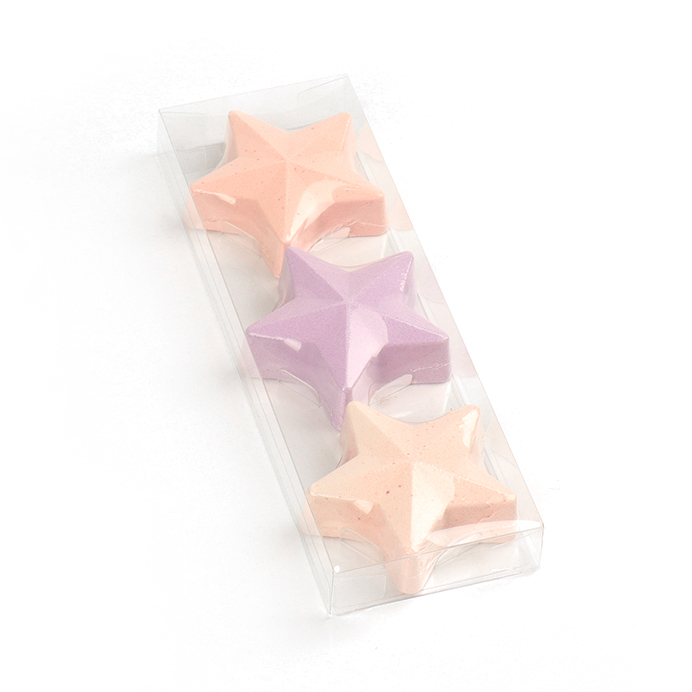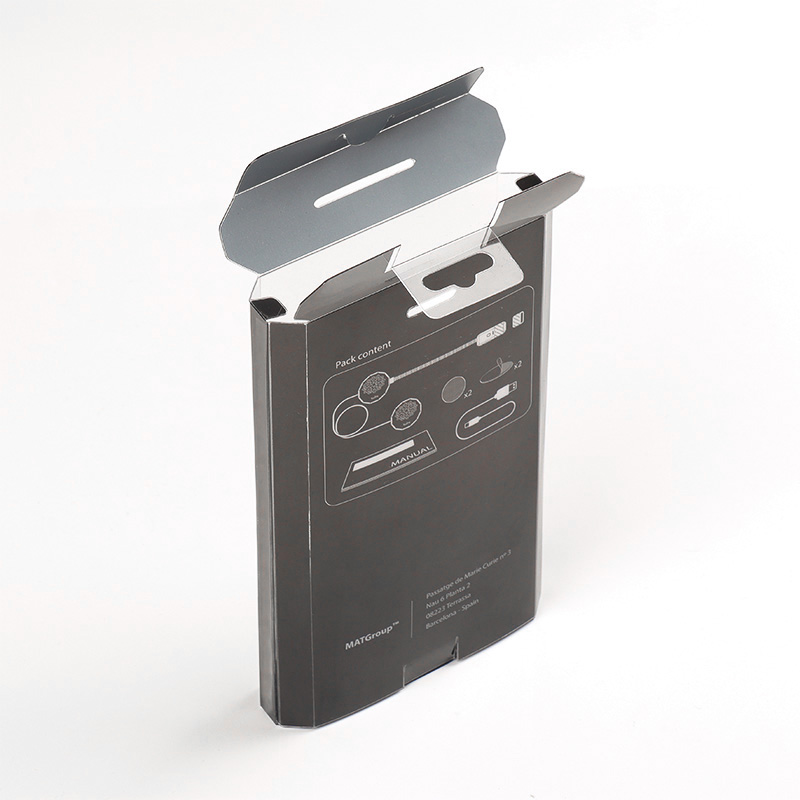Conoscere il PVC e le sue proprietà
Il cloruro di polivinile (PVC) è un polimero plastico sintetico ampiamente utilizzato in vari settori, tra cui quello degli imballaggi alimentari. Il PVC è composto da cloruro di vinile monomero, che viene polimerizzato per formare un materiale resistente e flessibile. Il PVC è una scelta popolare per gli imballaggi alimentari grazie alle sue eccellenti proprietà barriera, all'economicità e alla flessibilità. La Food and Drug Administration (FDA) statunitense ha approvato l'uso del PVC per gli imballaggi alimentari e soddisfa gli standard NSF-51 per la sicurezza alimentare. Sebbene non esistano leggi statali che vietino l'uso del PVC negli imballaggi alimentari, sono state sollevate alcune preoccupazioni sulla sua sicurezza.

Il PVC di per sé non è tossico, ma contiene cloro, il che ha sollevato preoccupazioni sulla sua sicurezza negli imballaggi alimentari. Tuttavia, il PVC è generalmente considerato sicuro per gli imballaggi alimentari, purché rispetti determinati standard e regolamenti. Il PVC ha eccellenti proprietà organolettiche, il che significa che non altera il sapore o l'odore degli alimenti confezionati. Inoltre, gli imballaggi in PVC sono economici e hanno una buona resistenza alla trazione. Tuttavia, la sicurezza del PVC negli imballaggi alimentari dipende dalla formula del composto di PVC.
Sebbene il PVC sia generalmente considerato sicuro per gli imballaggi alimentari, alcuni studi hanno sollevato preoccupazioni sui potenziali rischi per la salute associati ai plastificanti utilizzati per rendere il PVC flessibile. Gli ftalati sono una classe di sostanze chimiche comunemente utilizzate come plastificanti nel PVC e sono stati collegati a una serie di problemi di salute, tra cui problemi riproduttivi, ritardi nello sviluppo e squilibri ormonali. Per attenuare queste preoccupazioni, alcuni produttori hanno iniziato a utilizzare plastificanti alternativi o PVC privo di ftalati. In conclusione, sebbene il PVC sia considerato sicuro per gli imballaggi alimentari, è importante considerare i potenziali rischi associati ai plastificanti e assicurarsi che il PVC utilizzato sia conforme agli standard e alle normative di sicurezza.
Rischi associati al PVC negli imballaggi alimentari
Il cloruro di polivinile (PVC) è un materiale comunemente utilizzato negli imballaggi alimentari, nonostante i rischi associati alla sua produzione e al suo utilizzo. La produzione di PVC comporta l'uso di sostanze chimiche tossiche, tra cui il cloro, che possono causare inquinamento ambientale e rischi per la salute dei lavoratori degli impianti di produzione del PVC. L'esposizione a queste sostanze chimiche è stata collegata a una serie di problemi di salute, tra cui cancro, danni al sistema immunitario e problemi riproduttivi. Inoltre, il potenziale di lisciviazione delle sostanze chimiche dagli imballaggi in PVC negli alimenti è una preoccupazione significativa, in quanto può comportare un'ulteriore esposizione a queste sostanze chimiche nocive.
L'uso del PVC negli imballaggi alimentari è stato vietato in diversi Paesi a causa dei rischi documentati per la salute. La Food and Drug Administration (FDA) degli Stati Uniti ha condiviso informazioni sulla sicurezza e sulla regolamentazione degli ftalati, un gruppo di sostanze chimiche comunemente utilizzate nel PVC, negli imballaggi alimentari e nelle applicazioni a contatto con gli alimenti. Gli ftalati sono stati collegati a problemi di sviluppo e riproduttivi, oltre che ad altri problemi di salute. Anche la presenza di cloruro di vinile, una sostanza chimica tossica utilizzata nella produzione del PVC, negli imballaggi alimentari ha destato preoccupazione e l'Agenzia per la Protezione dell'Ambiente (EPA) l'ha considerata una sostanza chimica potenzialmente pericolosa.

Alcuni studi hanno dimostrato che i contenitori in plastica, compreso il PVC, possono rilasciare sostanze chimiche negli alimenti, soprattutto se esposti al calore o a cibi acidi. La lisciviazione del bisfenolo A (BPA) dalle microplastiche in PVC è stata identificata come la causa principale della diminuzione della produzione di metano, causando danni ambientali significativi. Inoltre, il PVC è noto nell'industria alimentare per la lisciviazione di sostanze chimiche come il BPA e gli ftalati. Con la crescente consapevolezza dei potenziali rischi per la salute associati al PVC, è importante esplorare opzioni alternative e più sicure per gli imballaggi alimentari.
Alternative al PVC per gli imballaggi alimentari
Sebbene il PVC possa essere utilizzato per gli imballaggi alimentari, sono state sollevate preoccupazioni sulla sua sicurezza e sul suo potenziale impatto ambientale. Per questo motivo, cresce l'interesse a trovare alternative al PVC per gli imballaggi alimentari. I materiali di imballaggio biodegradabili e compostabili sono una di queste alternative e offrono un'opzione più sostenibile e rispettosa dell'ambiente. Questi materiali sono generalmente ricavati da fonti naturali, come l'amido di mais o la canna da zucchero, e si decompongono naturalmente nel tempo, riducendo la quantità di rifiuti prodotti. Inoltre, le bioplastiche come l'acido polilattico (PLA) derivano da risorse rinnovabili e sono considerate sicure per l'uso negli imballaggi alimentari.
In alternativa al PVC si possono utilizzare anche altri tipi di imballaggi in plastica. Ad esempio, il polietilene tereftalato (PET) è una plastica resistente e sicura, comunemente utilizzata per la conservazione di alimenti e bevande. Il polietilene a bassa densità (LDPE) è un'altra plastica che si trova spesso negli imballaggi per alimenti, come bottiglie e sacchetti di plastica. Tuttavia, è importante notare che non tutte le plastiche sono uguali e alcune possono contenere sostanze chimiche dannose come il BPA, che può penetrare negli alimenti e rappresentare un rischio per la salute.

Oltre ai materiali biodegradabili e ad altri tipi di plastica, esistono anche opzioni non plastiche per gli imballaggi alimentari, come il vetro e il metallo. Il vetro è un materiale sicuro e inerte che non contiene sostanze chimiche nocive ed è facile da riciclare. Anche gli imballaggi in metallo, come le lattine di alluminio, sono un'opzione popolare per la conservazione di cibi e bevande, in quanto sono leggeri, resistenti e riciclabili all'infinito. Sebbene queste opzioni possano essere più costose della plastica, offrono una scelta più sostenibile ed ecologica per gli imballaggi alimentari. Poiché le leggi statali sul PVC negli imballaggi alimentari continuano ad evolversi, è importante considerare questi materiali alternativi quando si scelgono le opzioni di imballaggio per i propri prodotti.
Prodotti correlati






















